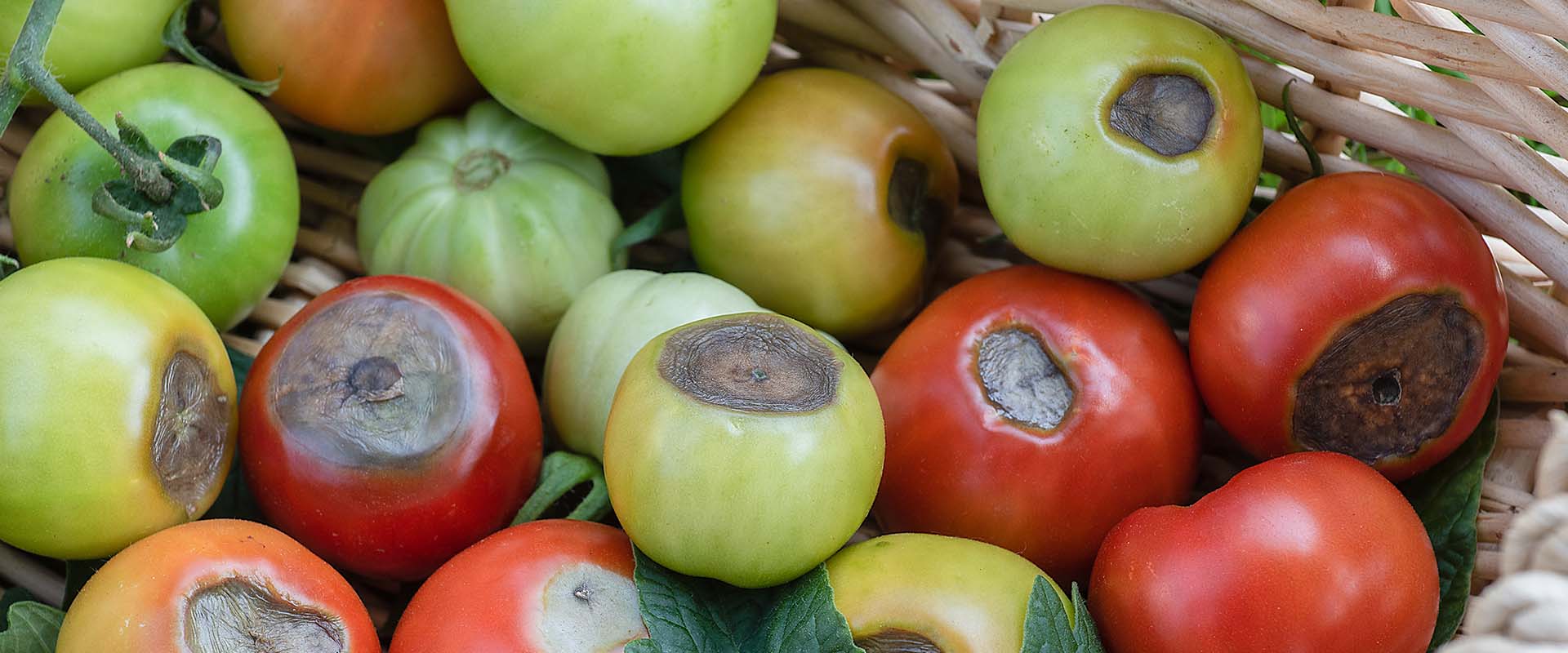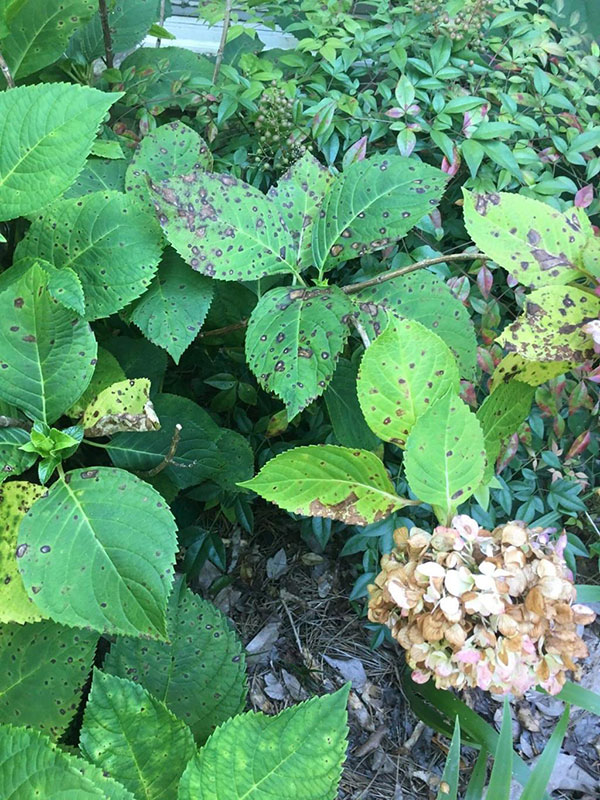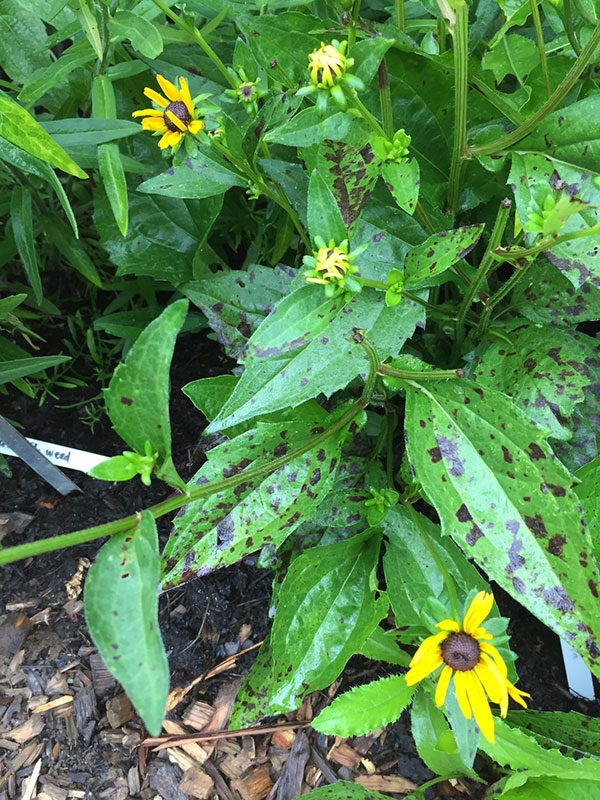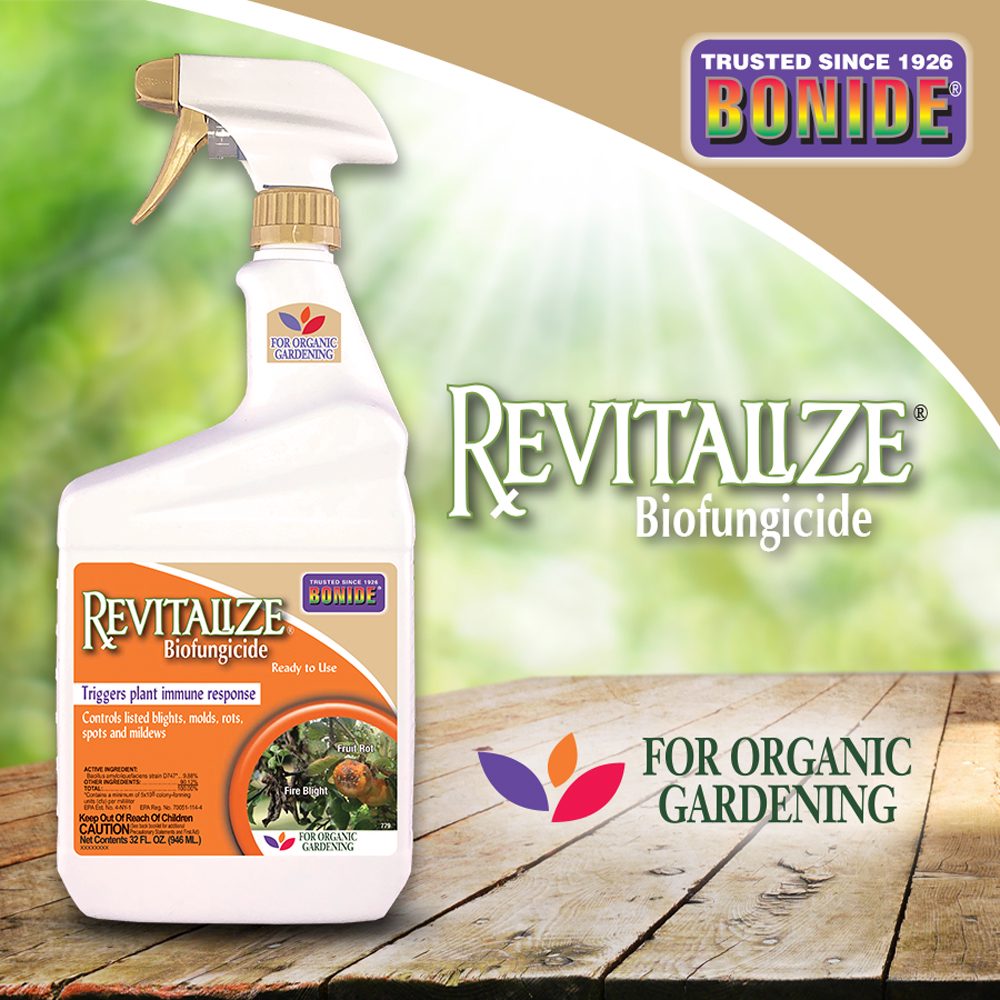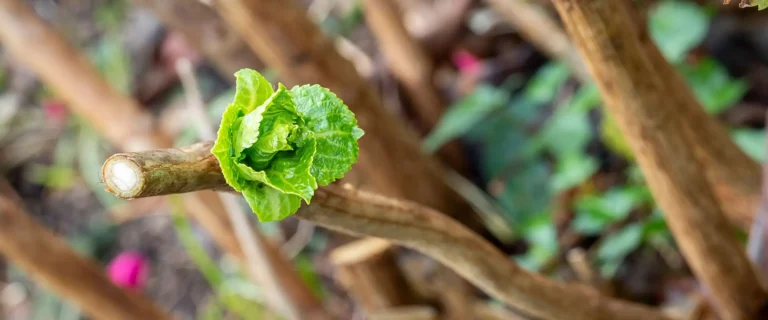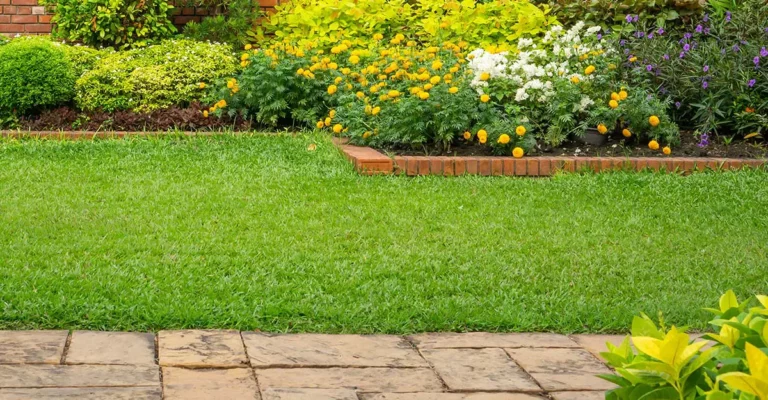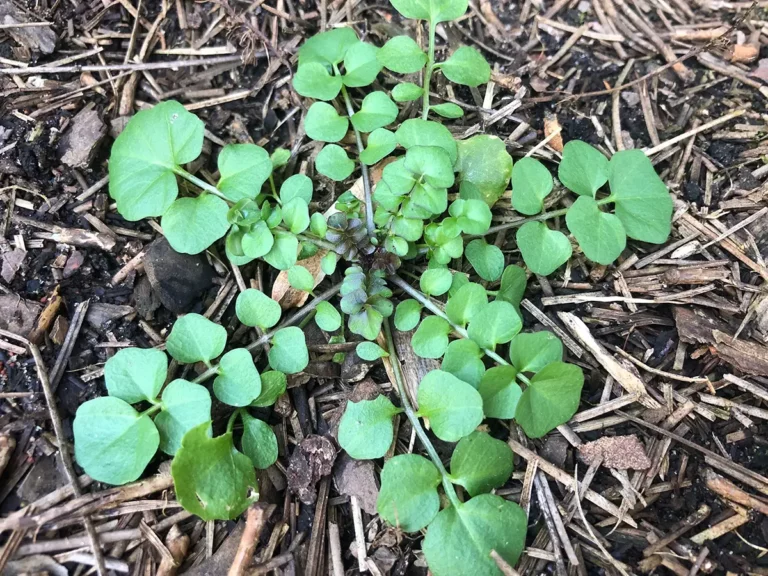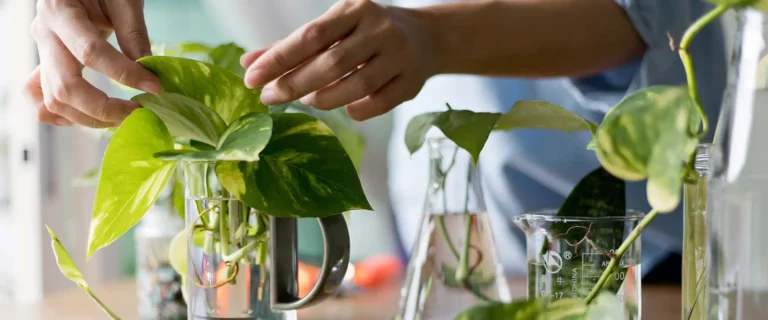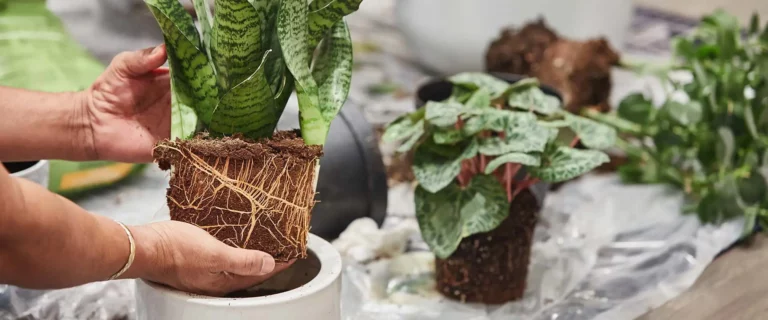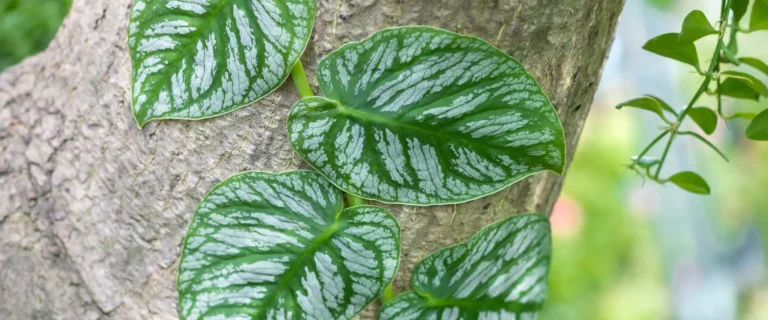It’s definitely a bummer. You’ve been tending to your plants, watching them grow and flower. Whether its buds blossoming or little green tomatoes popping up all over, everything’s beautiful. Cut flowers in lovely vases! BLTs, here we come! Then suddenly, and sadly, you see rot and spots.
For tomatoes and other veggies, blossom-end rot is the culprit.
Blossom-end rot isn’t caused by a pest or a disease. What really causes it, interestingly enough, is a calcium deficiency usually induced by inconsistent watering.
This lack of calcium may be due to low calcium levels in the soil or—more often—soil that is over or underwatered.
Heavy rains, over-irrigation or going away for a few days without watering all can set this up. When there are wide fluctuations in soil moisture, this reduces the plant’s ability to take up calcium from the soil. When the demand for calcium exceeds the supply, the tissues in the fruit break down and blossom-end rot occurs. Highly acidic soil can also induce blossom-end rot.
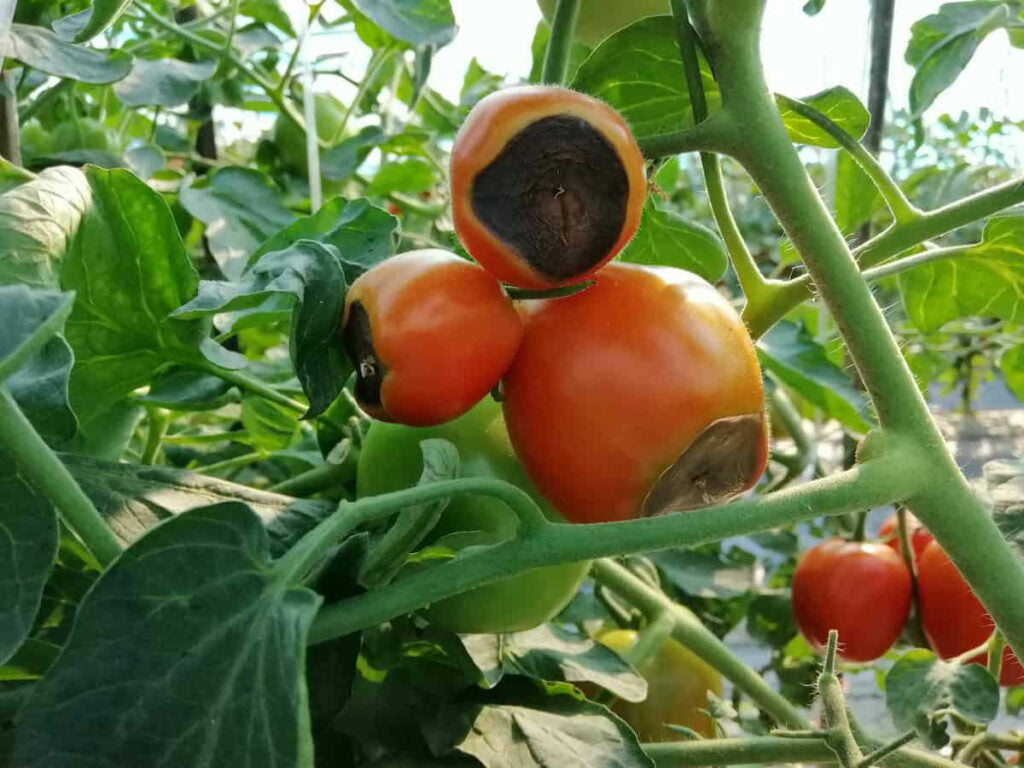
How to treat blossom end rot:
- Fruit with blossom-end rot should be removed and disposed of.
- Keep soil PH at 6.0 to 6.5. Apply lime 2 to 4 months BEFORE planting if your soil is too acidic.
- Apply mulch to conserve moisture. Straw is best as wood mulches can affect soil PH.
- Water consistently. Don’t skip days and then give your tomatoes “extra” water.
- Apply Espoma Tomato-tone every 4 to 6 weeks during the growing season.
Another thing you can do is harvest your tomatoes earlier!
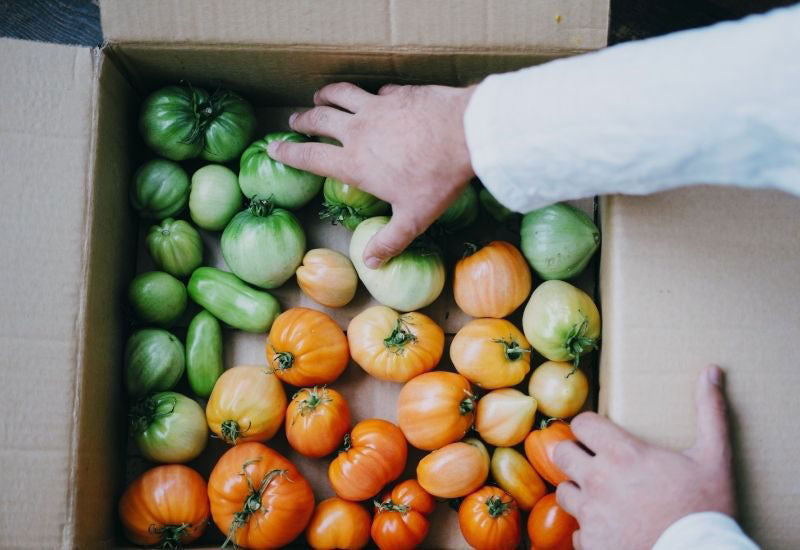
Did you know you don’t have to wait for tomatoes to ripen fully on the vine before harvesting them? Tomatoes harvested at the first blush of color and allowed to ripen on the counter are just as good as those left on the vine to ripen.
Here’s why: The chemical processes necessary for flavorful ripening are present as soon as the first blush occurs. And… If you are having issues with the local wildlife snacking on your tomatoes before you get to enjoy them, beat them at their own game and pick ‘em earlier!
Also, don’t put your tomatoes in the fridge. It just makes them mealy and dry. Let them ripen in a cool area in the kitchen away from windows or warmth and it’s caprese salad time before you know it!
Can you spot Cercospora leaf spot on your hydrangeas and black-eyed Susans?
Look familiar? It sure ain’t pretty, but cercospora leaf spot is a pretty common disease on two very popular plants — hydrangeas and black-eyed Susans — from July to October.
Like blossom-end rot in your tomatoes, watering issues are to blame. In this case, Cercospora leaf spot is brought on by rainfall and overhead watering during hot and humid weather. It rarely kills plants, but it can cause defoliation if it’s a severe case.
How to treat Cercospora leaf spot:
- Spotted leaves should be removed anytime during the growing season when they are present.
- Disease over-winters in leaf litter, so sanitation is key to prevention. Clean up and remove all leaf debris in the fall. Do not compost them. Send them to the landfill!
- Soaker hoses or drip lines are the best way to water if you’ve been noticing a problem with Cercospora leaf spot. Leaves that stay wet overnight are more susceptible to this happening. Keep your watering low!
- Spray with Bonide Revitalize Bio-Fungicide at the first sign of disease and repeat every 10 to 14 days.

